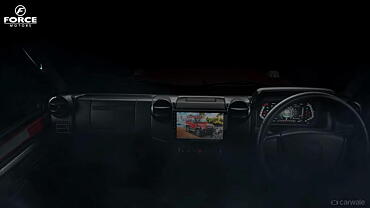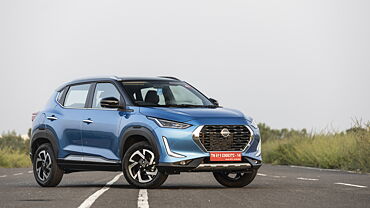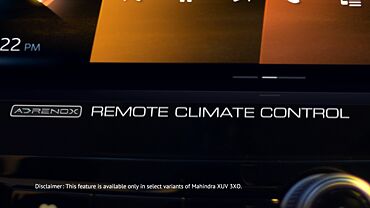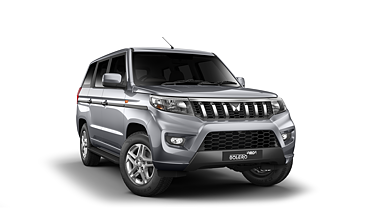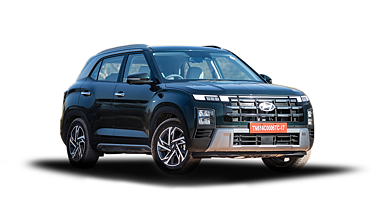When it comes to discussing the biggest fears of motorists, sudden, crippling loss of control comes in at the very top. When something like this happens, there’s little that a motorist can do, but try and steer to safety, if the conditions and vehicle permits. For example, when a tyre blows out, all one can do is hold on and pray – or is there? Well the number of tyre burst reasons are plenty and were more common in the yesteryear.

Advancements in tire construction, better infrastructure and overall increase in awareness levels, have all contributed to tyre bursts becoming infrequent. But they do still happen. Which is where these tips on how to avoid tyre burst should prove to be handy.
A tyre can burst at any speed, but the latter is inversely proportional to the degree of damage. For example, if a tyre burst incident occurs at 40 km/h and another at 100 km/h, which vehicle do you think will have an increased chance of being severely damaged?
The natural tendency is to stomp on the pedal. This must be avoided. A vehicle is already destabilized on account of the burst tyre. Sudden brake pedal movement will worsen the situation. Also, one must reduce speed via the accelerator in a gradual manner. Again, one must remember that with a tyre blowout, the vehicle is already decelerating. To work the accelerator in a heavy-footed manner is only going to have a negative effect.
Whatever the tyre burst reasons, avoid being heavy handed at the steering. In most modern cars, the power-steering system will try to adapt to the situation. One must try to work with the system to steer the vehicle gradually to the side. Being ham-fisted, might just add to things.
When it comes to tips on how to avoid tyre burst, prevention is always better than cure. Ensuring that tyres are inflated to specifications and using tyres with the right speed rating for the vehicle are primary among them. Similarly, carry caring out timely alignment and balancing for the wheels, as well as rotating them to ensure even tread wear also goes a long way towards safe and efficient motoring.





